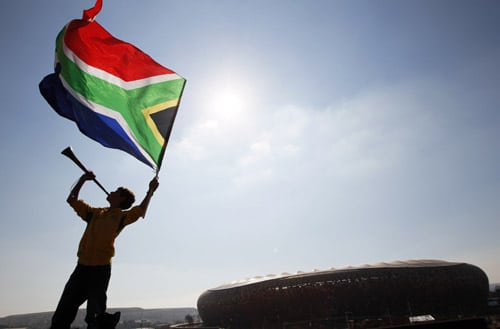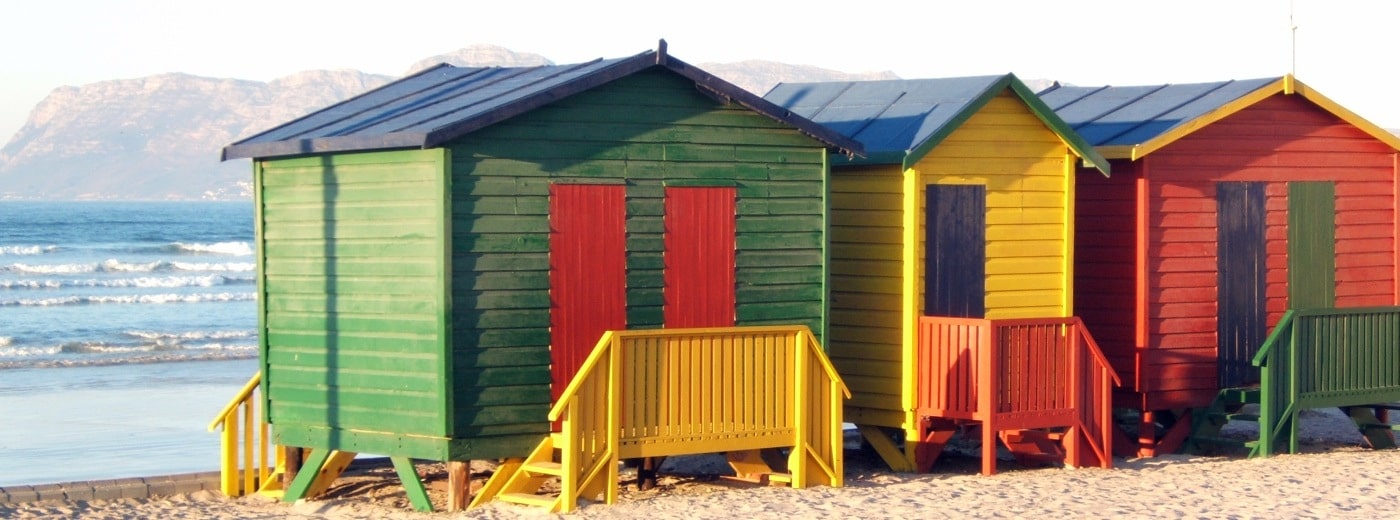In true World Cup spirit, the 2014 World Cup has already seen its share of upsets and surprises. From Spain not making it out of their group to Costa Rica beating Italy (we were counting on your Balotelli), these moments are what make the World Cup continually worth watching. As far as surprises go, the 2010 World Cup four years ago holds the title for some of the most unexpected outcomes. With the notorious vuvuzelas ringing in our ears, we all watched as England was booed off the field after losing to Algeria and as Switzerland beat Spain, the favorite and eventual winner of the tournament. Perhaps the greatest surprise, however, was the host country itself. I’m not talking about South Africa’s team (was anyone surprised they didn’t make it too far?), but the country itself, which pulled off a huge sporting event without a hitch.
It’s easy to understand why the world doubted South Africa’s ability to host such a large-scale event. With hundreds of thousands of people from all over the world visiting a destination that has historically struggled with racial disparities, safety was a concern to many. These worries proved unnecessary, however, as the World Cup ended up being a tremendous success for South Africa. The event was a momentous moment in modern South African history and has opened a new chapter for the country.
While we know vuvuzelas to be little more than the annoying horns that gave us all chronic headaches, vuvuzelas became a way for the entire country to unite. On a short-term scale, the tournament brought over 300,000 fans to the country and gave the world a chance to see South Africa. When our preconceptions were dismissed we were finally able to see the scenic beaches, national parks, and cosmopolitan cities.
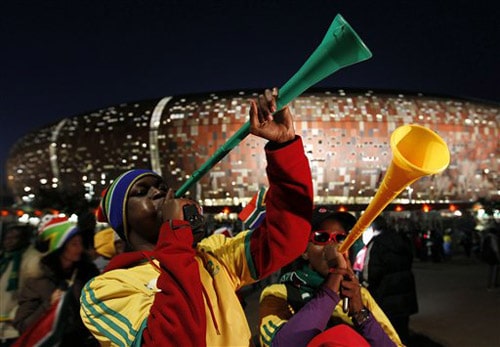
The revamped image brought long-terms effects, too. In the past four years the rate of tourism has continued to skyrocket, with travel from the U.S. alone increased by 21%. And, thanks to the World Cup, South Africa has enough new hotels to accommodate the influx of tourists. The country is actively building on the current state of affairs and continues to aggressively market itself as a prime tourist destination in many media outlets, including TV shows and films (watching Denzel Washington in Safe House was enough to convince me).
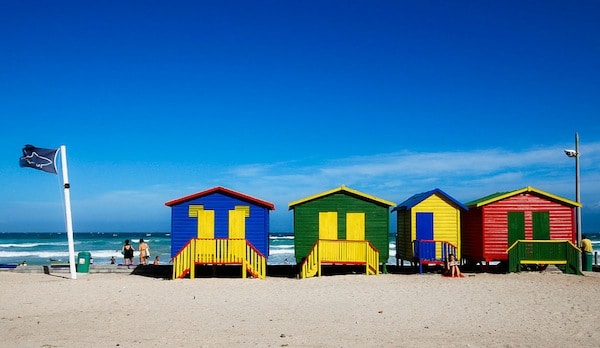
Native South Africans are still reaping the benefits from the Cup. In order to accommodate the grand event, the country invested $1.8 billion in roadwork, airport upgrades, and highway expansions and another $40 million in the modernization of telecommunication systems. The 2010 World Cup gave South Africa a deadline to complete these infrastructure projects that have proved to be immensely beneficial in the past four years. These improvements, which included an upgraded public transportation system, are still used by South Africans every day. All the construction resulted in a $5 billion boom to South Africa’s economy in the midst of a worldwide financial crisis.
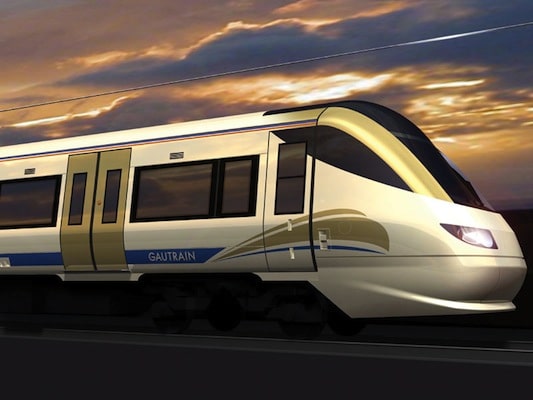
While many of the construction projects have been well received by South Africans, the construction of the stadiums has been somewhat controversial since they now struggle to turn enough of a profit to match their expensive upkeep. However, the “Soccer City” stadium, renamed the FNB Stadium, is the first venue in the country that can hold 100,000 spectators. It has become an important part of South Africa’s culture scene, hosting international music sensations like Coldplay, Rihanna, and Bruce Springsteen along with the 2013 African Cup of National soccer tournament, placing the country at the center of African events.
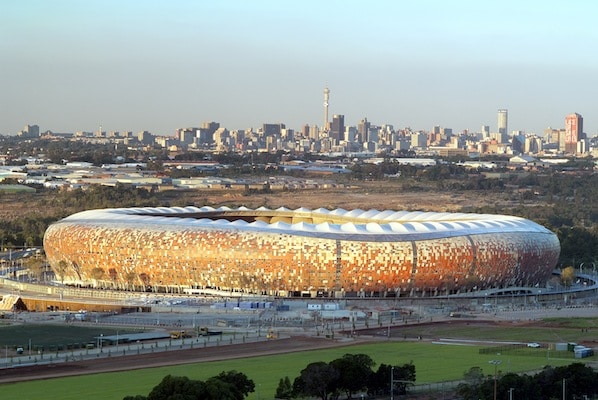
Bongani Zungu, a South African footballer, saw the World Cup as a chance to “represent the continent of Africa.” South Africa capitalized on this opportunity and has continued to solidify its position as one of Africa’s major cosmopolitan hubs. As the rest of the world begins to see South Africa as the interesting and beautiful place it is, perhaps they will begin to see the rest of the African continent in this way, too. While Africa attracts fewer international tourists than any other region in the world, tourist rates over the entire continent have steadily increased over the past few years. South Africa now has the opportunity to act as a gateway for the continent. Perhaps South Africa’s new image as a hot destination can be a catalyst to foster the growth of tourism in other African countries like Tunisia and Mozambique.
The 2010 World Cup was much more than a soccer tournament; it was a landmark in South Africa’s history with the country becoming a major player on the world scene. More importantly, it helped unify the country. And to think, it all started with a few soccer games and plastic horns.
